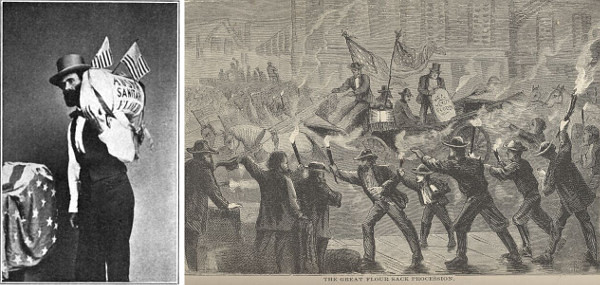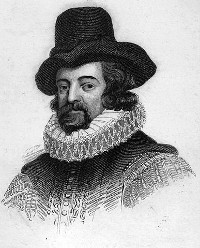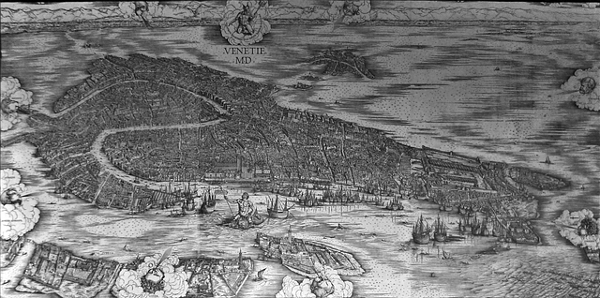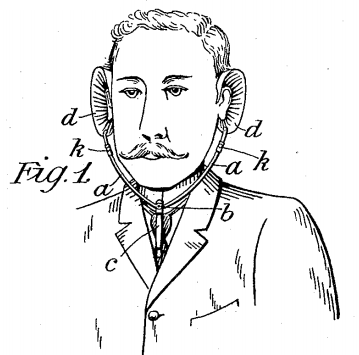
In 1944, as the Allies were preparing to invade France, British Intelligence sought a way to confuse the Germans as to their plans. They hired Meyrick Clifton James (right), an Australian-born lieutenant in the Army Pay Corps who bore a striking resemblance to Field Marshal Bernard Montgomery, who would be commanding the Allied ground troops during the invasion. David Niven, then a colonel in the Army Film Unit, invited James to London under cover as a journalist, and James set about studying the general’s speech patterns and mannerisms. Then he was conspicuously dispatched, as Monty, to Gibraltar and then to Algiers, watched by avid German spies.
It seemed to work. The plot went through “from start to finish without a hitch,” MI5 reported, “and we knew that the main feature of its story had reached the Germans.” The real Monty led the successful landings at Normandy while James recovered from the ordeal in a safe house in Cairo. “He was under terrible pressure and strain,” reported the wife of an intelligence officer detailed to look after him. “Coming out of that part was very difficult for him.” But he had some consolation: Under army rules, he would receive the equivalent of a general’s pay for every day he had impersonated Monty.







